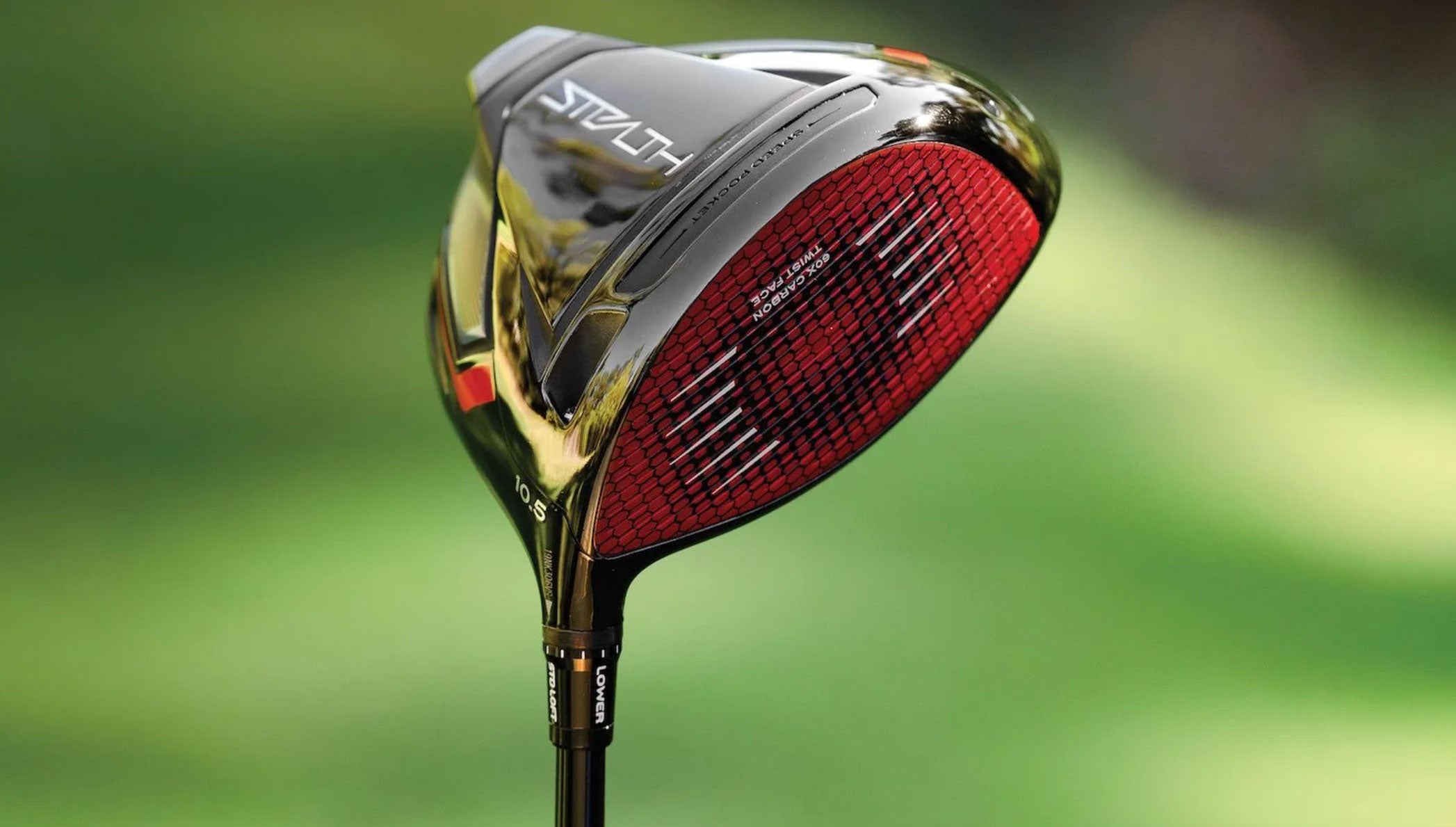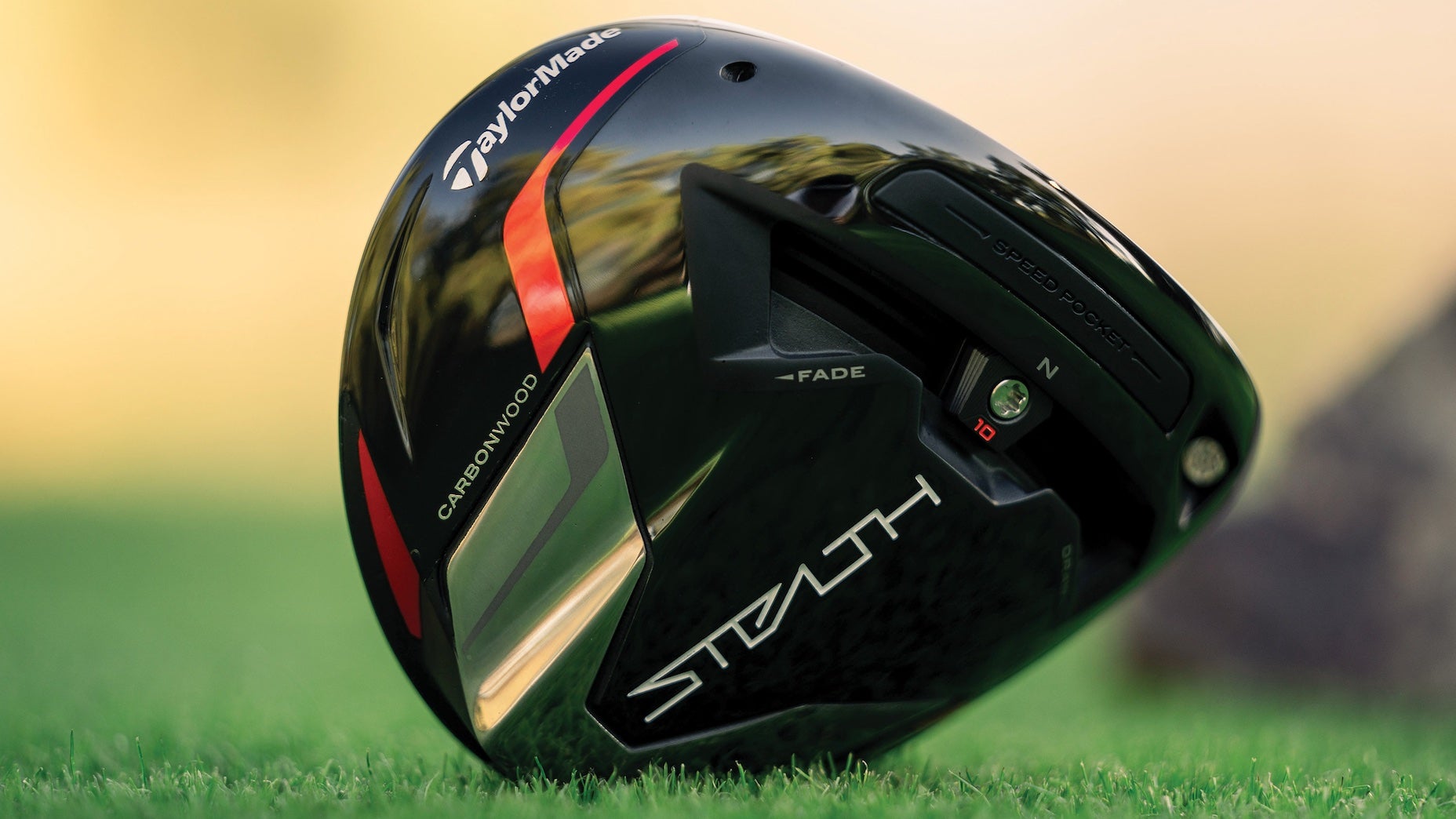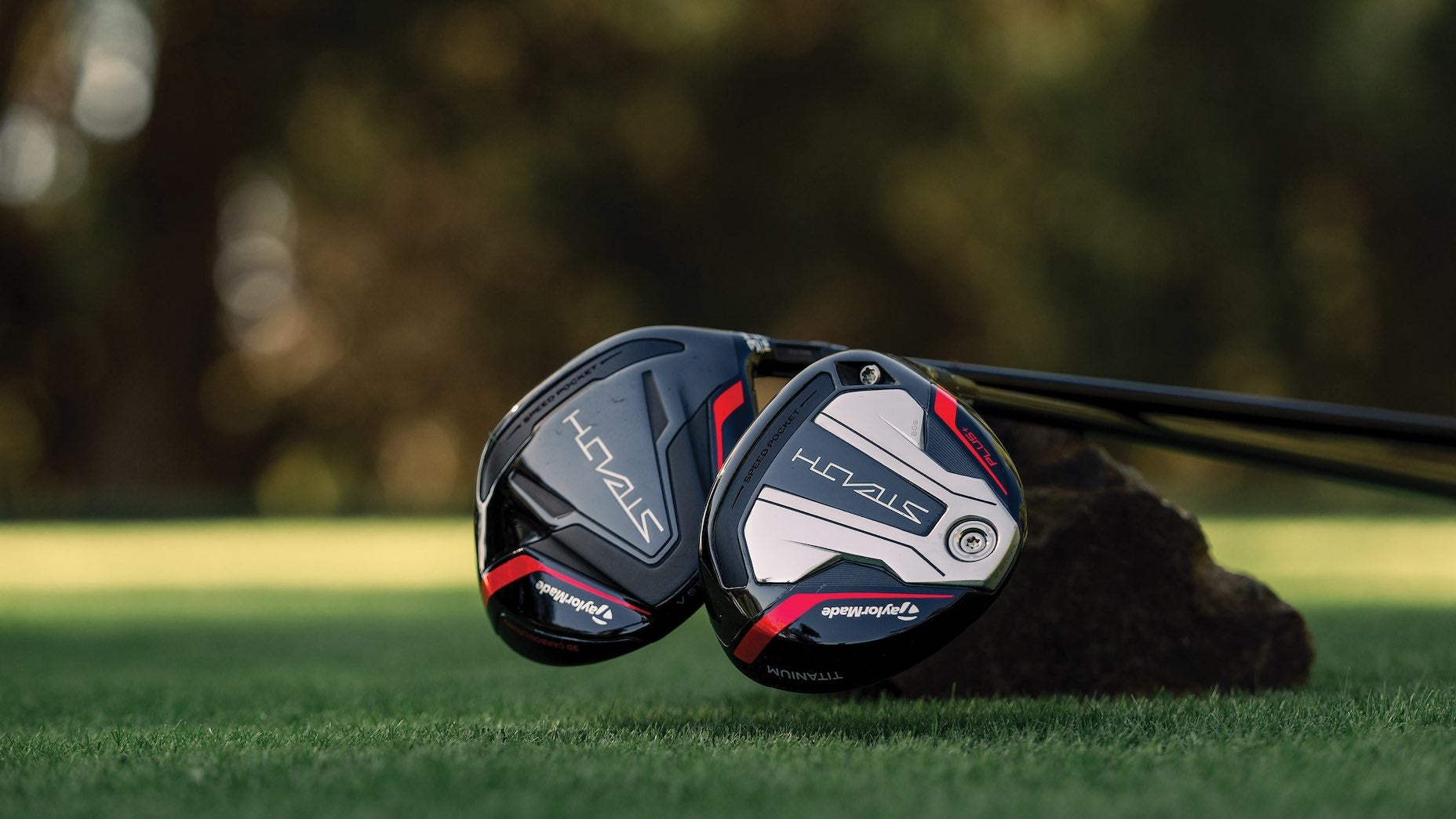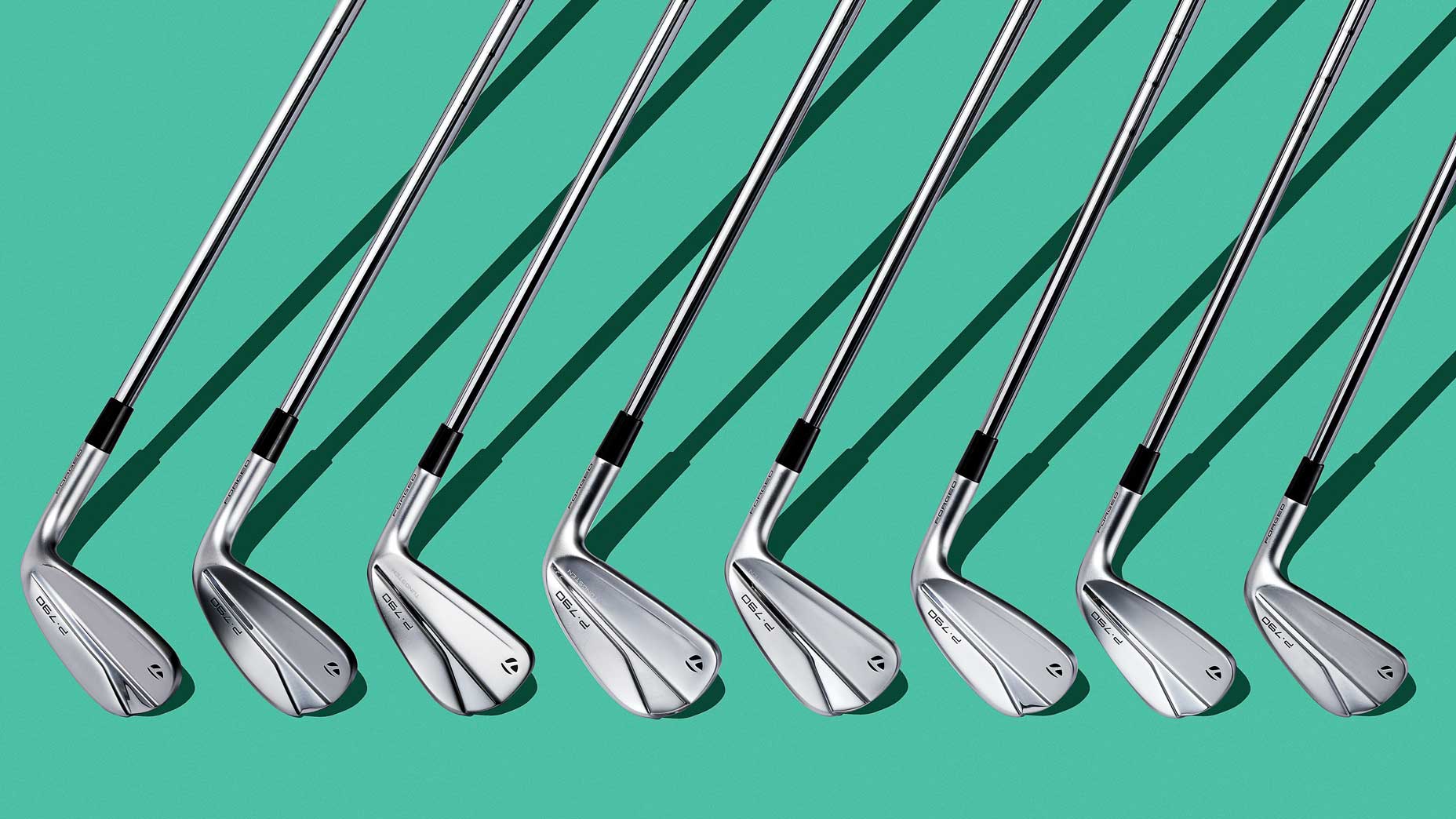TaylorMade's Stealth is built around a thru-slot design and 450SS face for more speed.
TAYLORMADE
TaylorMade’s Stealth iron is categorized as a “game-improvement” model — a term that’s been used for years to describe clubs geared for the mid-to-high handicap golfer who craves, most importantly, forgiveness and ball speed.
Irons in this category of the industry have traditionally been bulky and slightly oversized to achieve their stated goals, but with a big assist from new technologies and computer-aided design, it’s no longer a requirement to go up in size to gain the forgiveness and speed you seek.
To hammer this point home, TaylorMade reduced the number of models in its Stealth lineup to just a single game-improvement model that’s designed to do it all, without the additional heft.
“Golf’s an egotistical game,” said Matt Bovee, TaylorMade’s product creation, irons. “It’s why you try to crush a [7-iron] instead of going with a soft 6. Players want to have a club that either projects the image of the player they want to be, or who they feel they are — even if that’s not really how good they are. They all want to embody that image, so let’s give them what they want in the game-improvement space, with the benefit of more performance.”
While the iron is designed around a sleeker overall look — think P700 Series — TaylorMade didn’t make sacrifices to the technologies housed inside the hollow-body construction. A multi-material Cap Back design, which was initially introduced with SIM, continues to allow the face to flex without affecting the overall center of gravity location. The design is focused around a low-density polymer that supports the entire topline (heel-to-toe) and cavity, adding rigidity to the structure at impact.

■ IRONS
FIRST LOOK: TaylorMade’s Stealth irons aim to deliver speed in a sleeker package
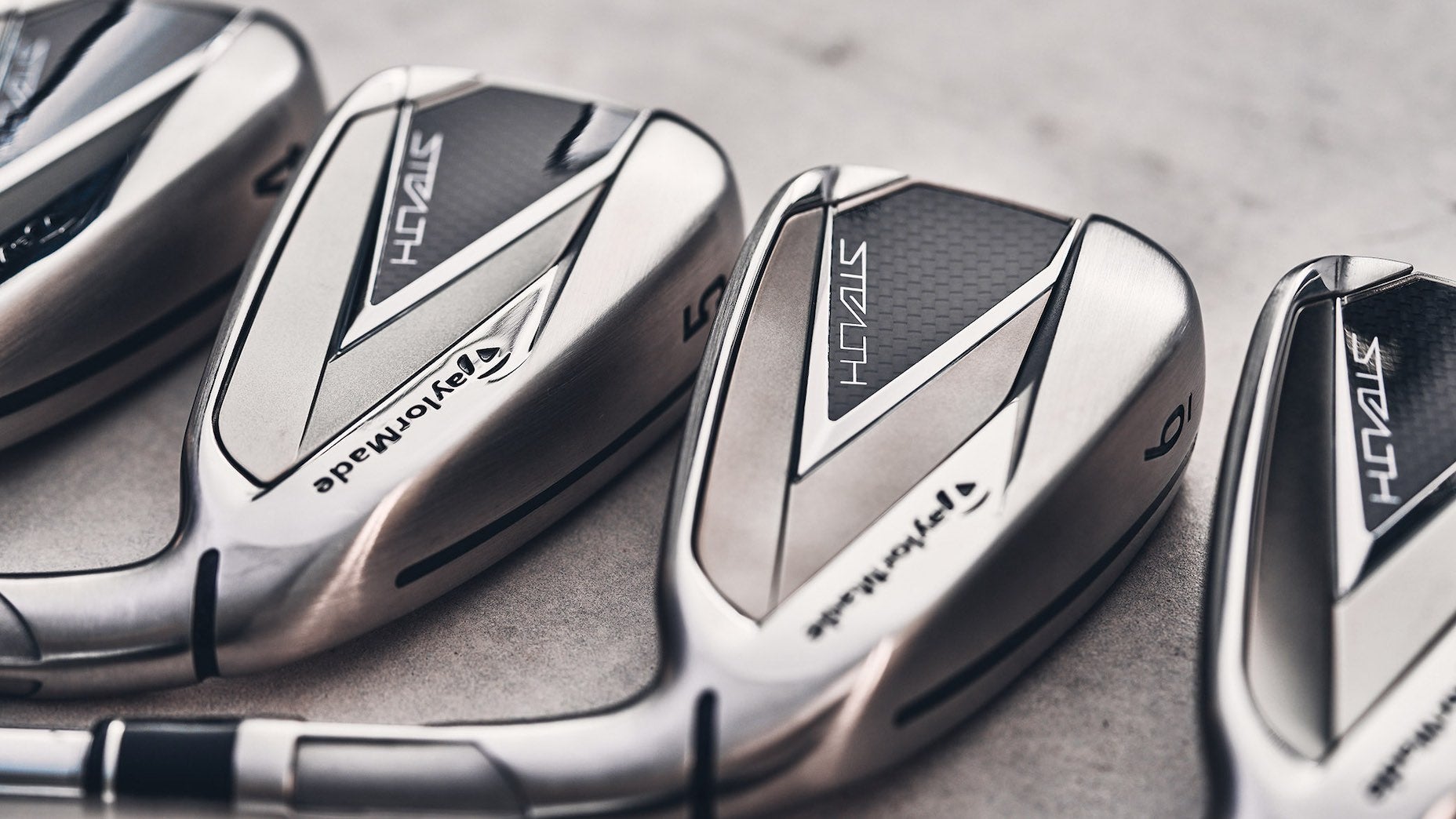
TaylorMade's Stealth is built around a thru-slot design and 450SS face for more speed.
TAYLORMADE
TaylorMade’s Stealth iron is categorized as a “game-improvement” model — a term that’s been used for years to describe clubs geared for the mid-to-high handicap golfer who craves, most importantly, forgiveness and ball speed.
Irons in this category of the industry have traditionally been bulky and slightly oversized to achieve their stated goals, but with a big assist from new technologies and computer-aided design, it’s no longer a requirement to go up in size to gain the forgiveness and speed you seek.
To hammer this point home, TaylorMade reduced the number of models in its Stealth lineup to just a single game-improvement model that’s designed to do it all, without the additional heft.
ClubTest 2022: TaylorMade Stealth irons
GOLF's Jonathan Wall and Andrew Tursky take a closer look at the technology behind the new TaylorMade Stealth iron, and what golfers can expect from its performance.
“Golf’s an egotistical game,” said Matt Bovee, TaylorMade’s product creation, irons. “It’s why you try to crush a [7-iron] instead of going with a soft 6. Players want to have a club that either projects the image of the player they want to be, or who they feel they are — even if that’s not really how good they are. They all want to embody that image, so let’s give them what they want in the game-improvement space, with the benefit of more performance.”
While the iron is designed around a sleeker overall look — think P700 Series — TaylorMade didn’t make sacrifices to the technologies housed inside the hollow-body construction. A multi-material Cap Back design, which was initially introduced with SIM, continues to allow the face to flex without affecting the overall center of gravity location. The design is focused around a low-density polymer that supports the entire topline (heel-to-toe) and cavity, adding rigidity to the structure at impact.
Based on recent testing with the Stealth iron, the design is for real. GOLF’s Andrew Tursky picked up nearly 40 yards with the iron during initial testing — a number that almost didn’t seem real at the time.
Along with adding rigidity to the head, an active Thru-Slot Speed Pocket enlarges the unsupported area of the face, creating a larger sweet spot for golfers who struggle with consistent contact. To improve the overall sound and feel of the iron, a dampening system was positioned behind the 450 stainless steel face, in addition to internal ribs, to absorb unwanted vibrations and elicit a solid sound at impact.
TaylorMade also added a new wrinkle to the Cap Back design, removing 10 grams of mass from the toe and placing it deep in the head for a CG that’s 0.8 millimeters lower. The end result is a higher launch that should make it easier to stop the ball on the green, particularly for those who’ve consistently struggled to get the ball airborne.
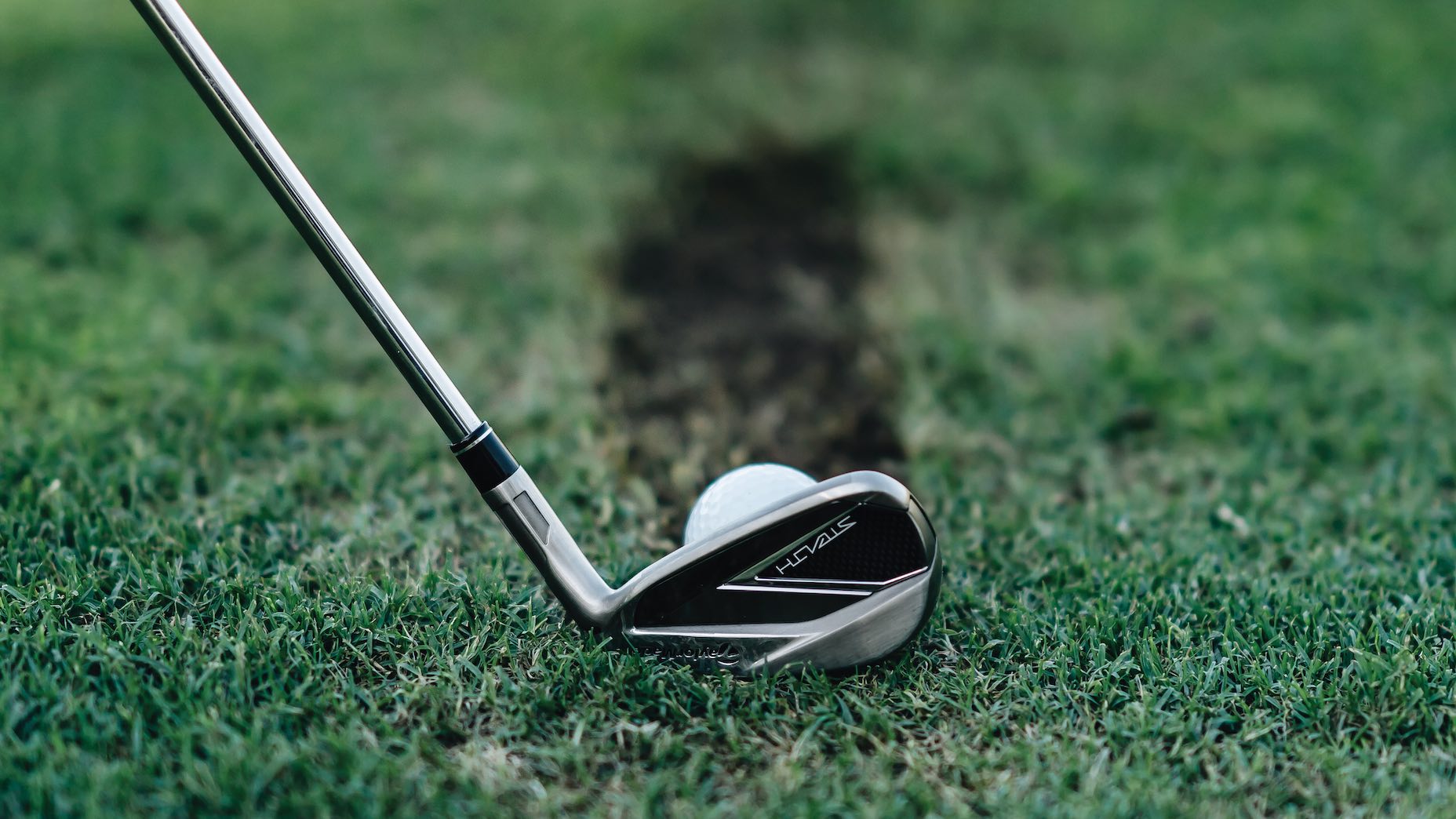
A look from behind at Stealth in the address position.
TAYLORMADE
Moving that much mass into the sole forced TaylorMade designers to get creative with the sole design, which increased by 3 millimeters, and add a trailing edge chamfer to make the sole look visually smaller at address.
“The trailing edge chamfer is as much visual as it is functional,” Bovee said. “It changes the way the iron looks and gives it a different attitude, but it also allows us to store more mass in the sole, especially when you’re moving it from high to low.”
TaylorMade’s Stealth (4-PW) retails for $999 (steel) and $1,099 (graphite) and comes standard with KBS Max MT 85 steel (S, R) or Fujikura’s Ventus Red graphite shafts (7S, 6R & 5A). The irons will be available at retail on April 1.
Want to overhaul your bag for 2022? Find a fitting location near you at GOLF’s affiliate company True Spec Golf. For more on the latest gear news and information, check out our latest Fully Equipped podcast below.

